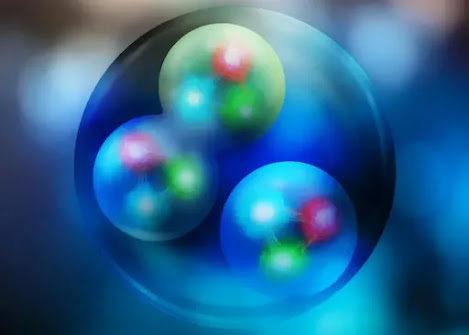New Insights Into Neutron Star Matter: Combining Heavy-Ion Experiments and Nuclear Theory

International Conference on Nuclear Physics When a massive star explodes in a supernova , if it isn’t completely destroyed, it will leave behind either a black hole or a neutron star. These enigmatic cosmic objects are especially mysterious because of the crushing internal pressures resulting from neutron stars’ incredible density and the perplexing properties of the nuclear matter they are made of. Now, an international team of researchers has for the first time combined data from heavy-ion experiments, gravitational wave measurements, and other astronomical observations using advanced theoretical modeling to more precisely constrain the properties of nuclear matter as it can be found in the interior of neutron stars . The results were published on June 8, 2022, in the journal Nature. Throughout the Universe, neutron stars are born in supernova explosions that mark the end of the life of massive stars. Sometimes neutron stars are bound in binary systems and will eventually coll...








